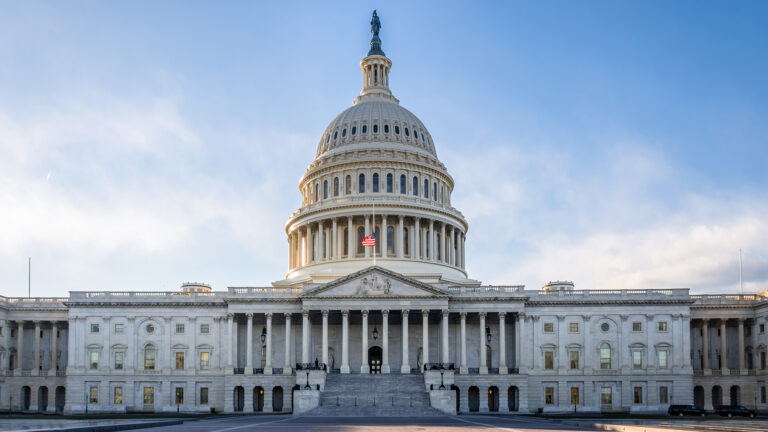By Muskan Arora
The $39bn Texas Employees Retirement System
unveiled its private markets pacing plan for 2025, in the recent board meeting.
ERS returned 1.8% in the second quarter of
2024, outperforming its policy benchmark by 0.37%.
Private equity and private credit were the
largest contributors to the return, stated CIO David Veal.
In the one-year period, the system returned
10.80% against a policy benchmark of 9.28%.
When thinking of hedging the portfolio, the
system believes that “there is a co-relation between capital calls by the
manager and the market environment.” The system also has a 2% allocation to
cash which allows allocations to be slightly riskier.
Private Equity pacing plan
At the recent meeting, the system approved
a target commitment of $650m, with a range of $500m to $800m through F26 to FY29.
“On a year over year basis, this target commitment
is up $50m. One of the major factors for this is the trust’s AUM growth,” said Anthony
Curtis, deputy CIO at the pension plan.
The target allocation is 16%, with a range
of 11%-21% which the system expects to achieve at the latest by 2029.
Over the next year, the system plans 12 new
primary fund commitments with 5-9 co-investments with a focus on both buyout
and growth equity, as presented by Curtis.
There will be additional consideration for
energy investments.
According to PitchBook, U.S. private equity
dealmaking exhibited a stabilizing trend over the first half of 2024, advancing
by roughly 12% in both count and dollar terms year over year.
Real Estate pacing plan
Texas ERS has a target commitment of $300m,
with a range of $150m-$450m through FY26-FY29.
RE target allocation is 9%, which is
expected to be achieved by 2029-30.
The system plans to make five to nine
commitments, inclusive of co-investments during the year, alongside adding
industrial exposure to the portfolio.
“The system expects to hit at the elevated
target level closer to $450m range depending on the market color which is based
on factors such as geography, region and property type,” said Curtis.
“Health care was the best performing
segment, returning 11.5%, followed by residential, which returned 7.6%. The
office sector returned -5.1% for the quarter and -5.6% year-to-date,” stated
the CIO’s report.
Infrastructure pacing plan
In 2025, the pension plan will commit
$200m, with a target range of $150m – $250m, with a gradual increase over time.
Infrastructure portfolio has a target
allocation of 5% which the system expects to achieve by 2029-30.
“Changes in long-term inflation and
interest rate expectations led to slight slow-down in performance in 2024,”
presented the deputy CIO.
The system will make 4-9 commitments,
inclusive of co-investments during the year, alongside potentially increasing
sector diversification and opportunistically reviewing new core exposure.
Through its infrastructure portfolio, the
system will also consider adding non-U.S. exposure in regions including Europe,
Australia and Emerging Markets.
Private Credit pacing plan
In 2025, the system will commit $200m, with
a range of $150m-$400m through FY26-FY29.
On a year over year basis, this commitment
target is up by $100m, confirmed the deputy CIO.
“This is a much more unique asset class
relative to the other ones as it is very opportunistic in nature and one of the
few asset classes that hits their target allocation and is expected to increase
over time,” presented the deputy CIO to the board at the recent meeting.
The system will continue pursuing an
opportunistic approach, with one to two new primary fund commitments for the
year with a few re-ups. The system considers structured credit as an attractive
area and will continue to explore that.












